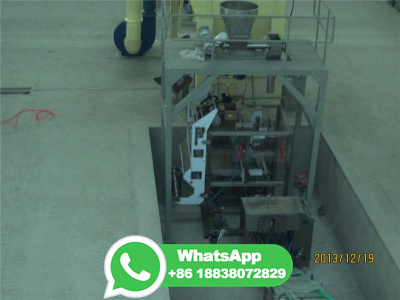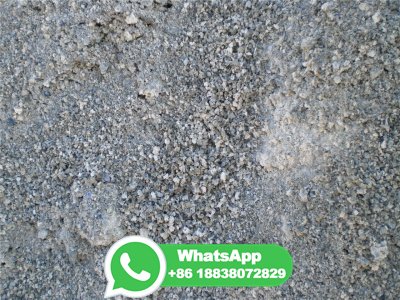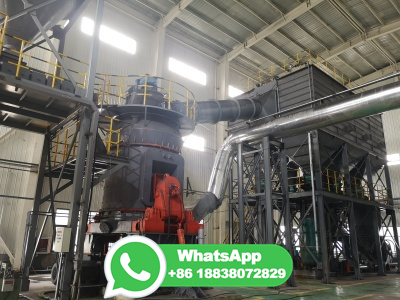Coal Combustion ScienceDirect
Coal combustion generates a range of gaseous and liquid effluents as well as solid wastes. As an example the effluents from a coalfired power plant generating 1000 MW(e) yr −1 ( × 10 9 kWh yr −1) are given in Table are calculated from data given by Wilson and Jones (1974) and assume the power plant burns 3 × 10 6 t coal with 2% sulphur content, an energy content of × ...


























